Best Overactive Bladder Medications
Treatment options for an overactive bladder
An overactive bladder (OAB) can severely disrupt your everyday life. The frequent and urgent need to urinate, coupled with a loss of bladder control, can be embarrassing and uncomfortable. People with OAB may lose out on sleep, isolate themselves, and forego social activities for fear of an accident.
Luckily, many treatment options are available to help control this condition and prevent the adverse personal effects it can cause. While there is a range of ways to combat OAB, this article will focus on medicated treatment. We will detail the most common forms of medication used for OAB, how they work, where to find them, and the most common side effects they can cause.
Overactive Bladder Basics
Overactive bladder syndrome (OAB) is a common medical condition that affects the urinary system. It is characterized by a frequent and strong urge to urinate, often accompanied by sudden, uncontrollable contractions of the bladder muscles.
Common symptoms of OAB include:
- Sudden and uncontrollable urges to urinate (urge incontinence)
- Frequent urination
- Urinary incontinence or leakage (unintentional urine voiding)
- Waking up multiple times during the night to urinate (nocturia)
People with an overactive bladder may find themselves rushing to the restroom frequently, even when their bladder is not full, and they may have difficulty holding their urine until they reach the toilet. This condition can disrupt daily activities, affect social life, and cause embarrassment or anxiety.
While the exact cause of OAB is not always clear, it can be influenced by various factors, including changes in the bladder's nerve signals, muscle abnormalities, urinary tract infections, hormonal changes, or other underlying health conditions. Lifestyle factors like excessive caffeine or alcohol consumption, as well as certain medications, can also contribute to OAB symptoms.
Overactive Bladder Medications
There are many FDA-approved medicines used for the treatment of overactive bladder syndrome. The different classes of medication are detailed below.
Anticholinergic Drugs
Antimuscarinic anticholinergics are the most commonly prescribed medications used to treat OAB. These drugs work by blocking the action of acetylcholine, a neurotransmitter that stimulates bladder contractions. By doing so, anticholinergics relax the overactive bladder muscles, reducing the frequent and urgent need to urinate. This helps improve bladder control (continence) and reduces overactive bladder symptoms.
Anticholinergics used to treat OAB include:
- Oxybutynin: Ditropan XL (Oral tablet), Oxytrol (medicated skin patch), Gelnique (topical gel)
- Tolterodine: Detrol (oral tablet)
- Solifenacin: Vesicare (Oral suspension or tablet)
- Fesoterodine: Toviaz (Oral tablet)
- Trospium: Sanctura (Extended-release oral capsule)
- Darifenacin: Enablex (Extended-release oral capsule)
Common side effects of anticholinergic medications include:
- Dry mouth
- Constipation
- Dry eyes
Beta-3 Adrenergic Agonist Drugs
Beta-3 adrenergic agonist drugs target specific receptors in the bladder known as beta-3 receptors. When activated, these receptors relax the smooth muscles surrounding the bladder, which helps reduce the frequency and urgency of urination and can improve urinary retention.
Unlike some other OAB medications, beta-3 adrenergic agonists tend to have fewer side effects, making them a valuable option for individuals who cannot tolerate or do not respond well to other treatments.
Beta-3 adrenergic agonists used to treat OAB include:
- Mirabegron: Myrbetriq (Oral tablet or suspension)
- Vibegron: Gemtesa (Oral tablet)
Common side effects of beta-3 adrenergic agonists include:
- High blood pressure
- Headache
- Nausea
- Diarrhea
Antidepressants
Antidepressants can be used to treat OAB by affecting the communication between nerves and muscles in the bladder. These medications often have an anticholinergic effect, similar to other OAB medications, where they inhibit the action of acetylcholine, a neurotransmitter responsible for bladder contractions. By doing so, antidepressants can help relax the bladder muscles, reduce the urgency to urinate and improve control over bladder function.
It's important to note that while antidepressants may be effective in managing OAB symptoms, they are typically considered when other treatments have not been successful. Their use should be discussed with a health care provider who can weigh the potential benefits against potential side effects and individual needs.
Antidepressants used to treat OAB include:
- Duloxetine: Cymbalta (Oral capsule)
- Desipramine: Norpramine (Oral tablet)
- Imipramine: Tofranil (Oral tablet)
Common side effects of antidepressants include:
- Fatigue
- Anxiety
- Decreased sex drive
Topical Hormones
Topical estrogen is sometimes used to treat overactive bladder, particularly in postmenopausal women. Estrogen, when applied topically as a cream, patch, or vaginal ring, can improve the elasticity, thickness, and blood flow to vaginal tissues, which in turn can alleviate OAB symptoms such as urinary urgency and frequency.
Estrogen therapy may help reduce urinary tract infections and urinary incontinence that can be associated with the hormonal changes of menopause. However, the use of topical estrogen should be discussed with a health care provider, as it may increase your risk of cancer, stroke, and heart conditions.
The drugs listed above all require a prescription before they can be used. These drugs can not be purchased over the counter.
As with all prescription medication, follow your provider’s guidelines regarding dosage and proper intake methods. Do not exceed or decrease your dosage without consulting them first. If you experience any symptoms that last for more than a few days or symptoms that become severe, seek medical attention immediately.
Additional Treatment Options
In addition to medicine, OAB can be treated with several at-home remedies and advanced care techniques.
Botox
Onabotulinumtoxina (Botox) can treat an overactive bladder by paralyzing the bladder muscles. In a medical procedure, Botox is injected into the bladder wall, inhibiting the release of acetylcholine. This results in a relaxation of the overactive bladder muscles, reducing the frequency and urgency of urination and often alleviating symptoms of OAB.
Botox injections can be an effective option for individuals who haven't responded well to other treatments. Still, the effects are temporary and typically last several months, necessitating periodic re-treatment. This treatment should be discussed with a health care professional to determine its suitability for the individual's specific condition and needs, as Botox comes with the risk of severe side effects.
Neuromodulation
Neuromodulation is a treatment approach for an overactive bladder by directly altering the communication between nerves and the bladder. This therapy involves implanting a small device, such as a sacral nerve stimulator or a peripheral nerve stimulator, which delivers electrical stimulation to the nerves that control bladder function. These controlled electrical signals can help regulate bladder activity, reducing the urgency, frequency, and involuntary contractions associated with OAB.
Neuromodulation is typically considered when other treatments have proven ineffective or have caused intolerable side effects and is performed by trained health care professionals.
Bladder Training
Bladder training is a behavioral therapy technique to help manage overactive bladder symptoms. It involves gradually increasing the time between bathroom visits and teaching individuals to control their urge to urinate. The goal is to improve bladder capacity and reduce the frequency and urgency of urination.
Bladder training often involves setting a schedule for restroom breaks, practicing relaxation techniques to resist the urge, and gradually extending the time between bathroom trips. This approach can be highly effective in retraining the bladder and improving OAB symptoms without needing medication or surgery.
A health care provider or urologist can provide guidance and support in implementing bladder training techniques.
Pelvic Floor Exercises
Pelvic floor exercises, or Kegel exercises, are a non-invasive and effective way to treat overactive bladder. These exercises target the pelvic floor muscles that support the bladder, urethra, and other pelvic organs. By regularly practicing pelvic floor exercises, individuals can strengthen these muscles, which can help improve bladder control and reduce OAB symptoms such as urgency and urinary incontinence.
A health care provider or physical therapist can direct how to perform these exercises correctly for optimal results.
The American Urological Association (AUA) recommends behavioral therapy techniques like pelvic floor exercises and bladder training before the use of prescription medication. Medication or advanced treatment may be the next step if these therapies prove ineffective.
OAB can be uncomfortable and embarrassing, but it is beatable. If you’ve been diagnosed with OAB or are looking for more information about OAB treatment, book an online doctor appointment on Sesame to talk to a health care provider today.
Related posts

In observance of Bladder Health Awareness Month, we’ve compiled a list of easy-to-use tips to keep your bladder in tip-top shape.
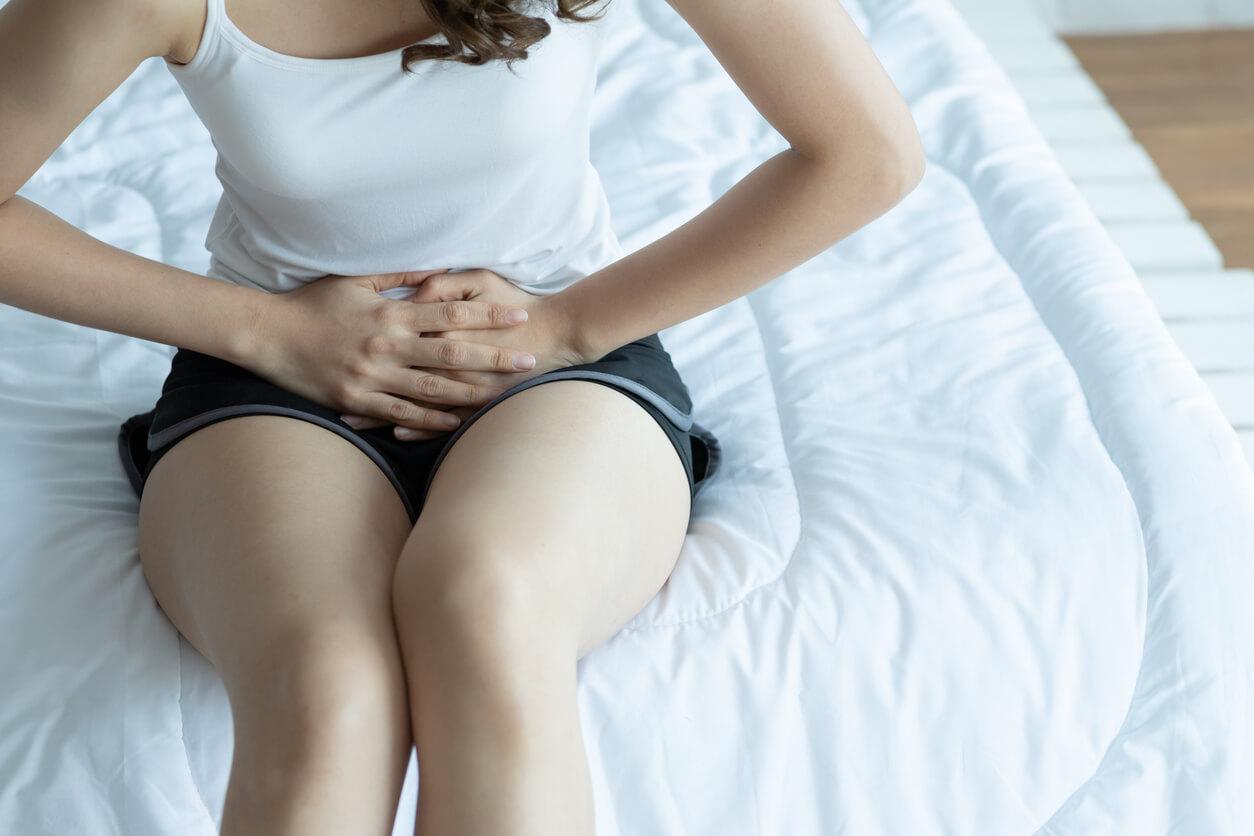
Urinary tract infections–UTIs–are prevalent medical conditions affecting the urinary system. Commonly caused by a bacterial infection, UTIs are responsible for nearly 8 million doctor visits a year.
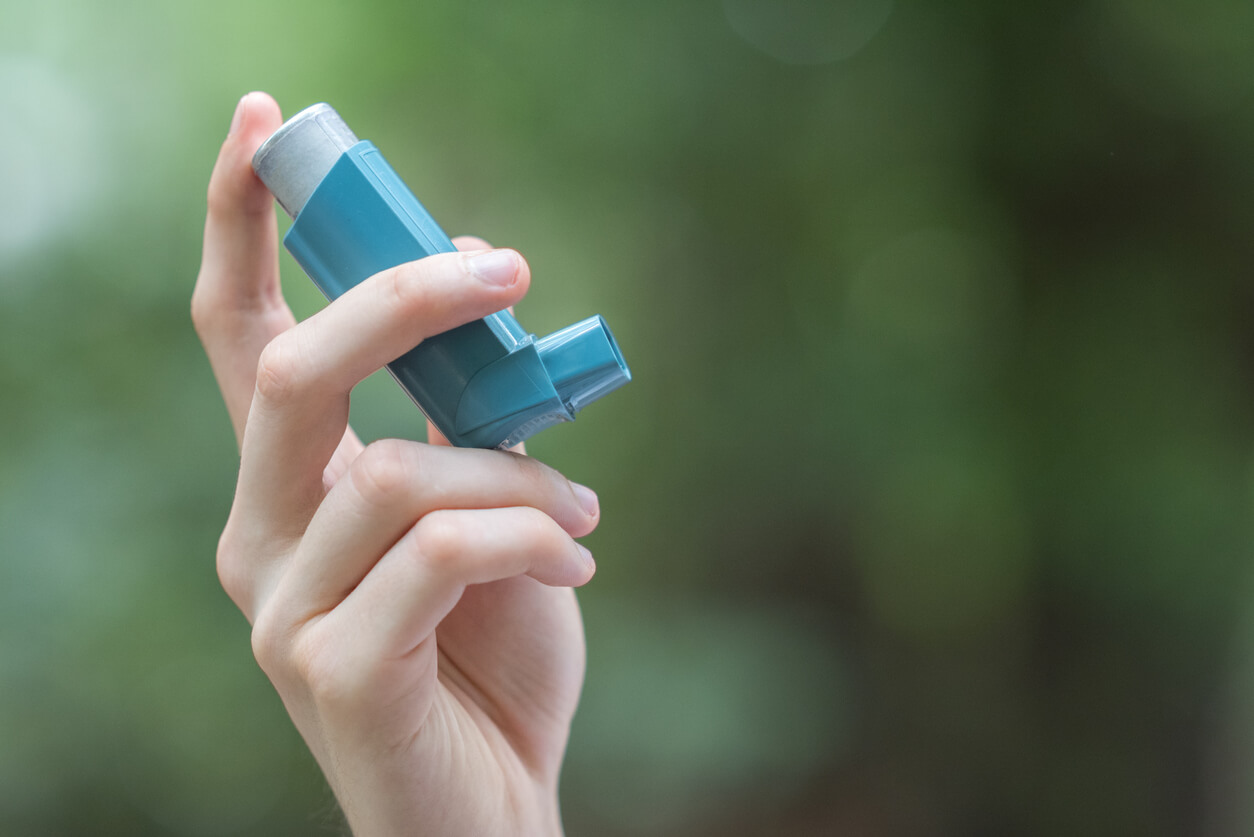
Bronchodilators are a class of medications used to relieve and reduce asthma symptoms, allergic rhinitis, and chronic obstructive pulmonary disease (COPD).
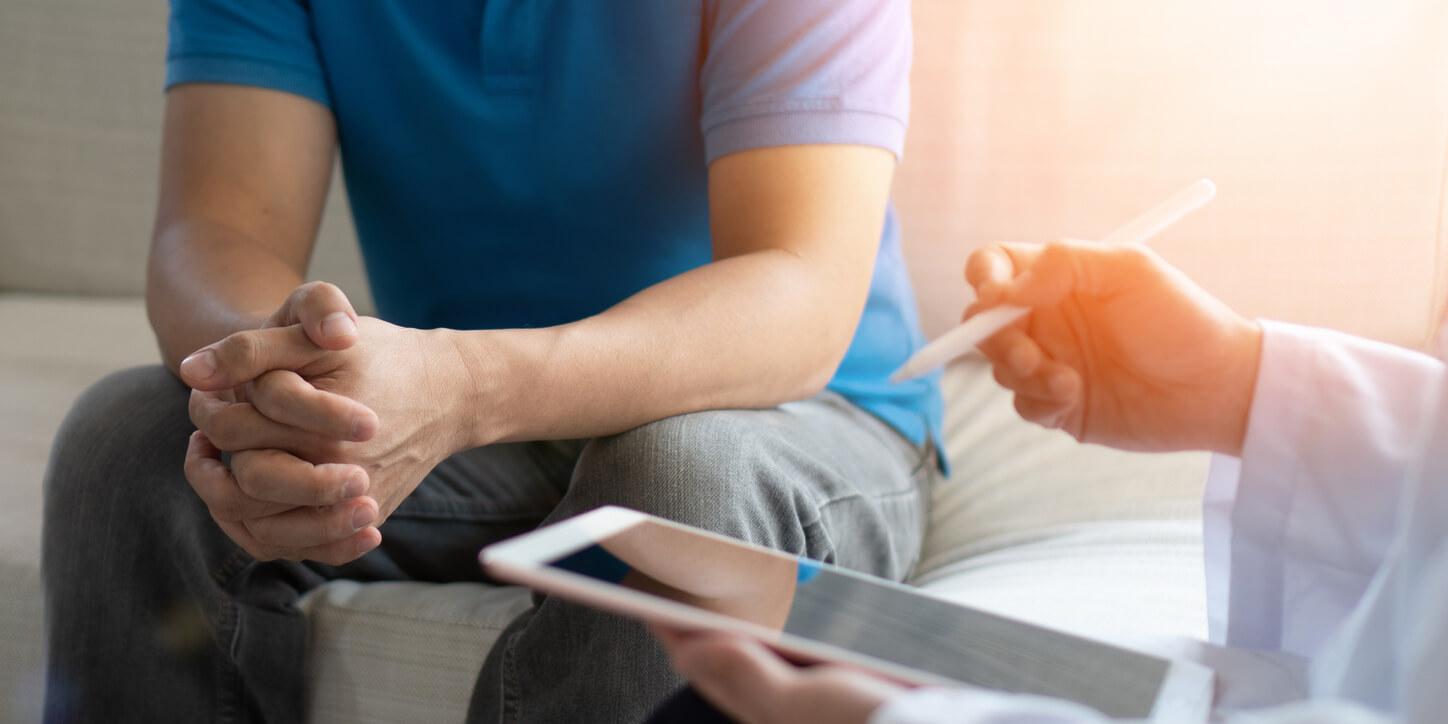
Urinary tract infections (UTIs) are bacterial infections of the urinary tract. They are far more common in women than in men, but that does not mean that men are immune. About 12-20% of men will get some type of UTI.
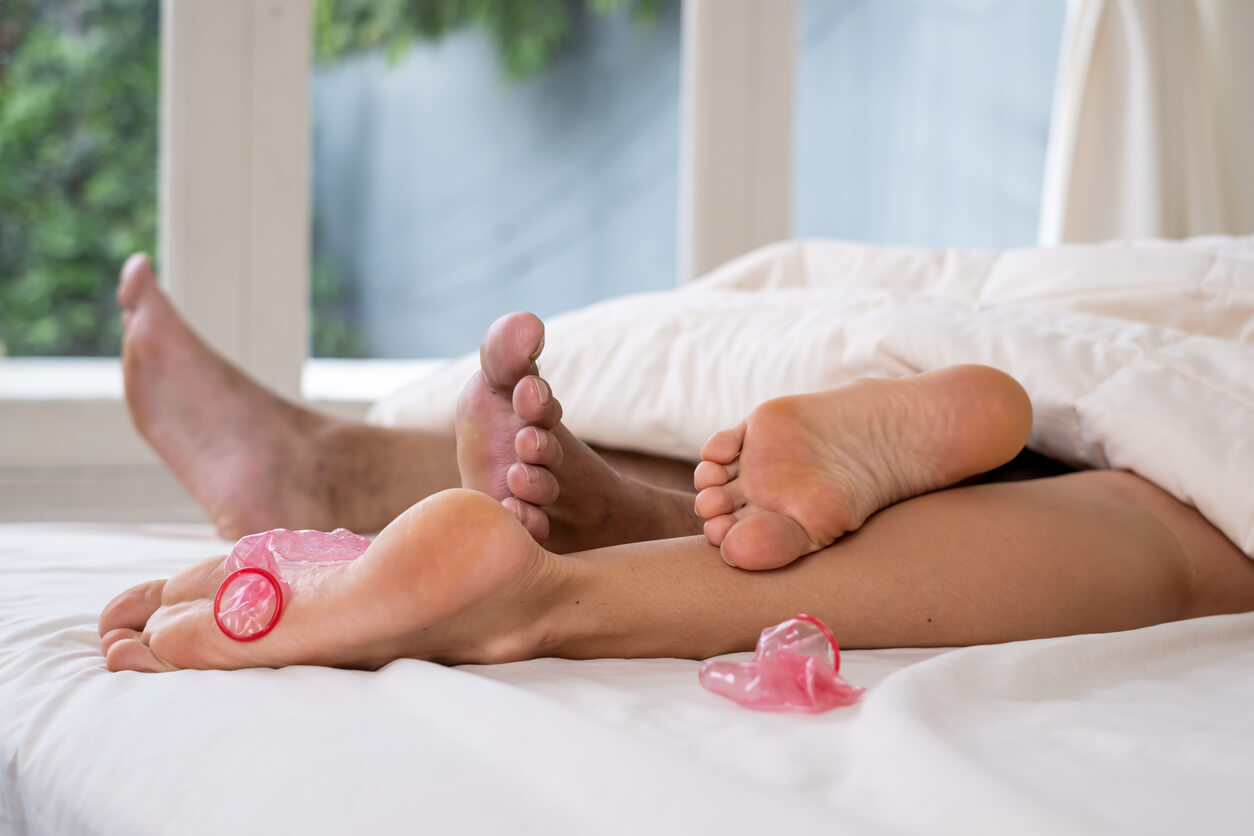
30-70% of men experience premature ejaculation at some point. It’s normal to orgasm quickly during sex. However, if it happens repeatedly, it can affect your sex life and self-esteem. Try these tips out to unlock new levels of sexual satisfaction.
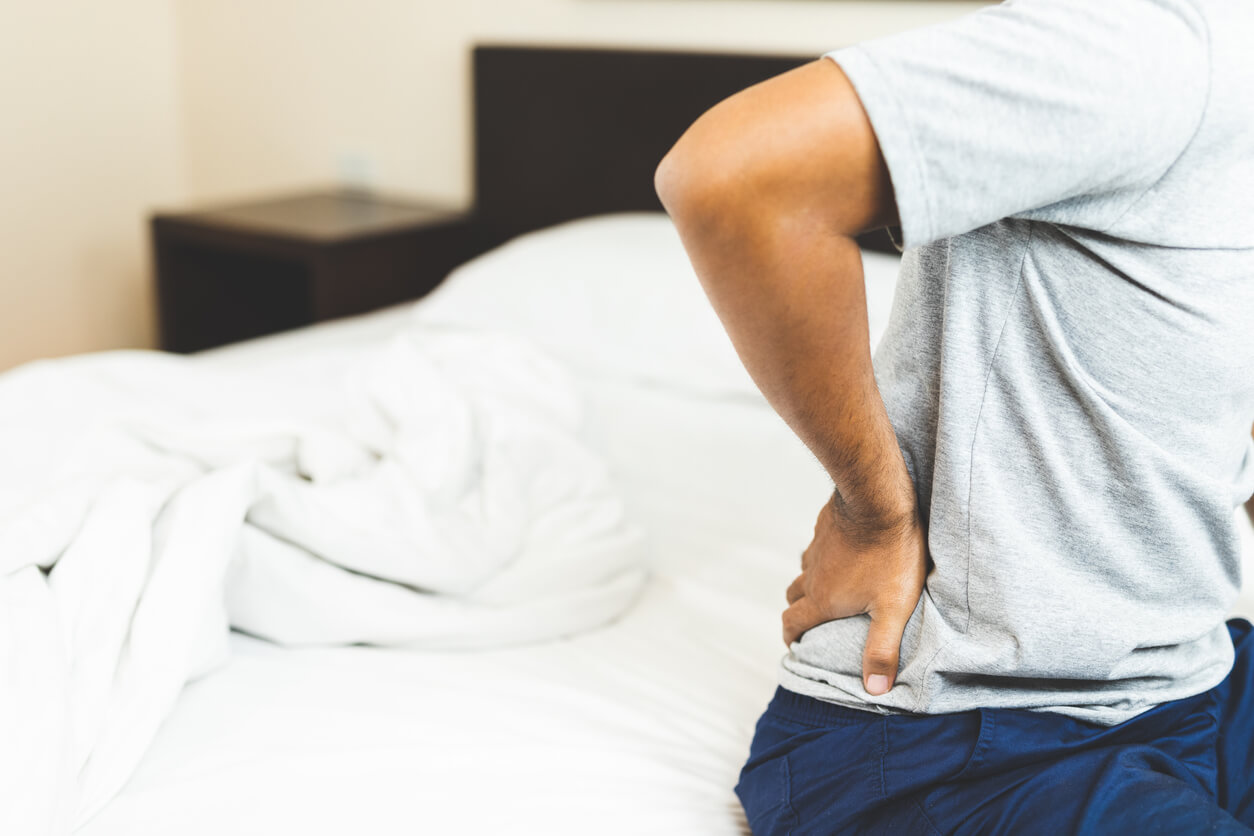
In this blog article, we will detail some of the most common causes of lower right back pain and how to treat the root of the problem.

Learn about the causes and symptoms of lower left side back pain, including issues with internal organs, and explore treatment options. Discover when this pain may indicate an emergency and how to find affordable care from home.
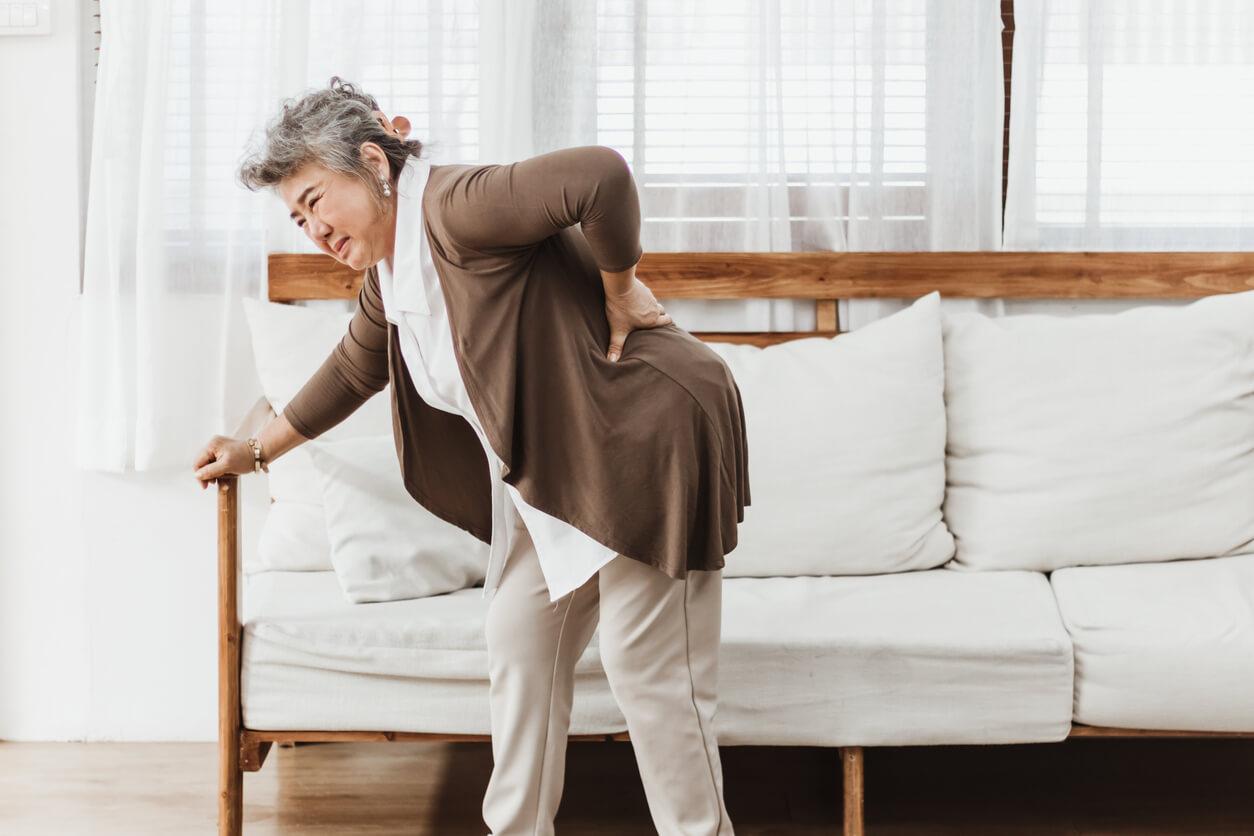
Osteoporosis is a bone disease that increases the risk of broken bones. Learn more about common risk factors for osteoporosis and how to treat the condition.
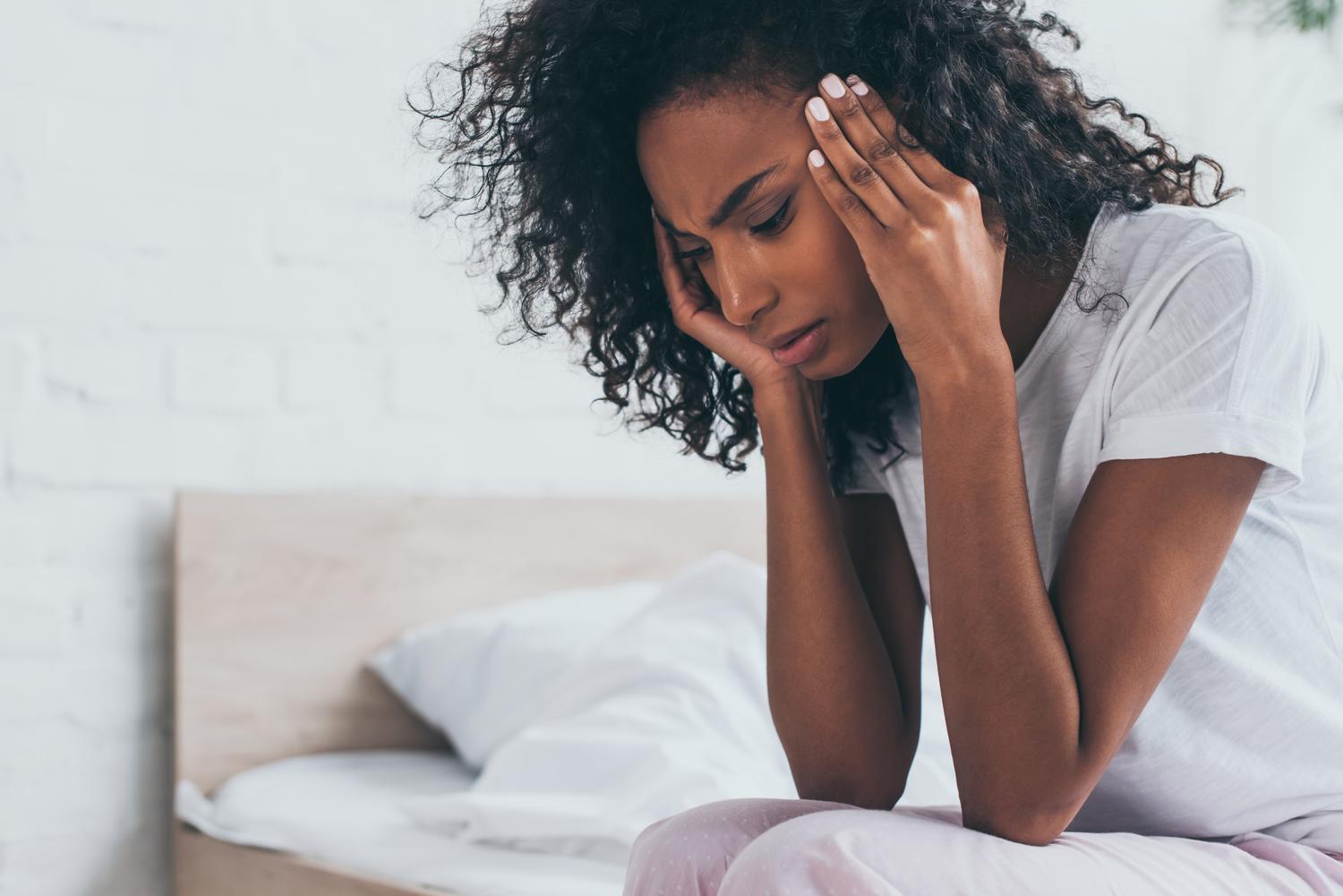
Learn about migraines, their triggers, symptoms, and effective treatments to help manage this common yet disabling neurological condition.
